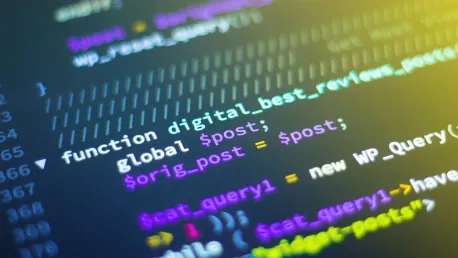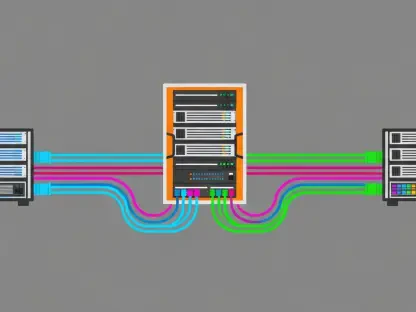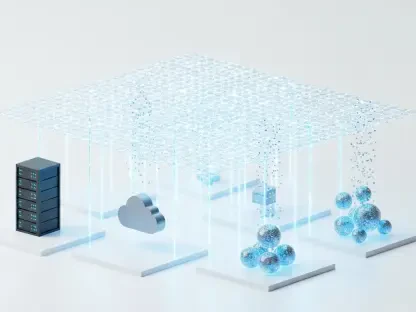The recent release of the Interactive Shader Format (ISF) code for Metal and macOS by Vidvox as an open-source resource has generated considerable interest within the visual effects and shader development community. This significant development promises to unlock new opportunities for creating stunning visual effects and engaging in generative rendering. As ISF code becomes more accessible, it holds the potential to influence a broad spectrum of users, from novice shader enthusiasts to seasoned developers keen on exploring its capabilities.
Revolutionary Impact on Visual Tools and Applications
The open-source release of the ISF code and its associated frameworks, such as ISFMSLKit and VVMetalKit, is poised to revolutionize the way developers create and optimize visual applications on Apple platforms. These frameworks simplify the optimization process for macOS and Metal, ensuring that visual apps run efficiently. This development is particularly important given the extensive usage of ISF across various visual tools like VDMX, CoGe, EboSuite, MadMapper, Apple Motion, and Final Cut Pro. By making these tools more accessible, the open-source initiative promotes innovation and creativity within the visual arts and digital creativity communities.
The underlying C++ library’s design ensures cross-platform compatibility, allowing developers to create shaders not just for macOS but for a broader range of environments. This cross-platform capability is further enhanced by ongoing efforts from The Khronos Group to make shaders interoperable across different formats. These initiatives promise increased flexibility and broader application for developers looking to leverage shader technology in diverse contexts.
Empowering Beginners and Experienced Developers Alike
One of the most exciting aspects of this open-source release is the availability of a free online editor, designed to help non-coders learn about shader coding through hands-on experimentation. This practical approach makes it easier for beginners to grasp the fundamentals of shaders, which can be more engaging and effective compared to passive methods like tutorials or AI assistants. By encouraging experimentation and exploration, this resource can help budding developers build a solid foundation in shader coding.
For more advanced developers, the open-source ISF code offers significant advantages, such as the potential for developing more tools, optimizing visual applications for macOS, and enriching the overall shader coding environment. The open-source nature of the frameworks facilitates greater creativity and flexibility, allowing developers to push the boundaries of what is possible in visual effects and generative rendering. This move is likely to encourage collaboration and innovation within the community, leading to the creation of new and enhanced visual tools and applications.
Future Prospects for the Visual Arts Community
The recent unveiling of the Interactive Shader Format (ISF) code for Metal and macOS by Vidvox as an open-source resource has sparked a wave of excitement within the visual effects and shader development community. This crucial development opens new avenues for creating breathtaking visual effects and diving into generative rendering. With the ISF code now more accessible, it stands to significantly impact a wide range of users, from beginner shader enthusiasts to experienced developers eager to test its capabilities. This accessibility is not just about fostering creativity but also about democratizing the tools required for innovative shader development and visual effects production. By making the ISF code open-source, Vidvox has paved the way for a broader appreciation and utilization of shaders, ensuring that more individuals can contribute to and expand on these technologies. This move is likely to invigorate the community, encouraging collaboration and pushing the boundaries of visual effects and rendering techniques.









